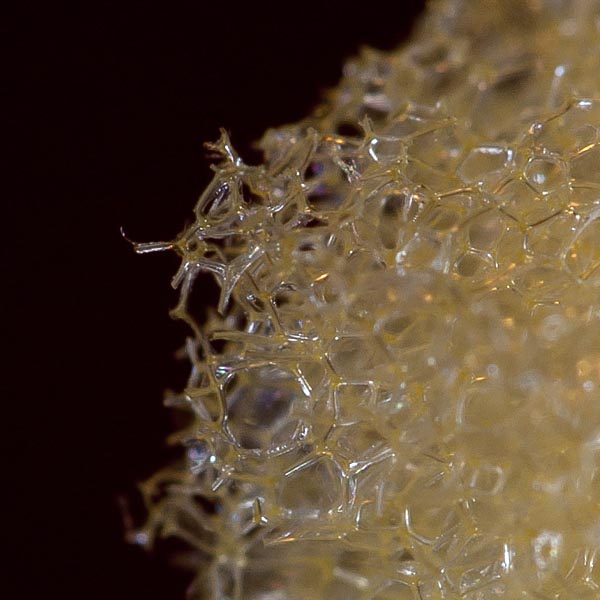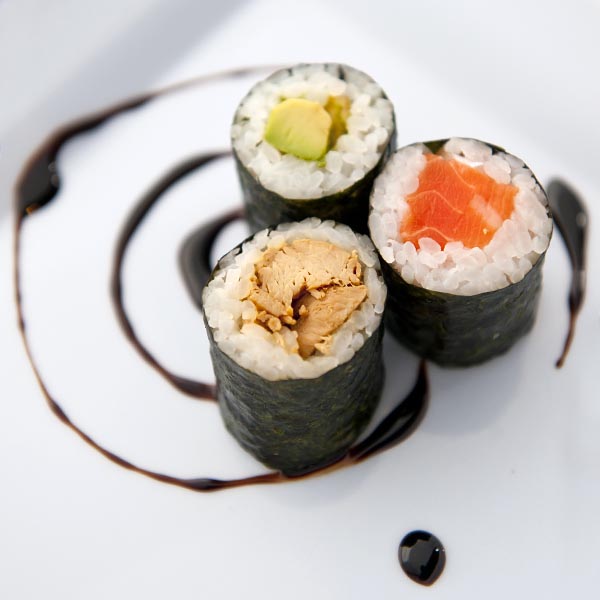Salami – good when it’s meat, less so when it’s science
Today is a celebration of that greatest of cured meats – it’s Salami Day.
Salami is a cured, fermented and air-dried sausage-style meat, usually made from pork and/or beef, but also sometimes from a range of other meats including venison and turkey (and even, apparently, shark and swordfish in Japan). The meat is minced together with a range of spices, garlic, minced fat, herbs and wine or vinegar, and left to ferment for a day or so before being stuffed into a (usually edible) casing and hung out to cure. The casing is sometimes treated with an edible mold culture which adds flavour and helps protect the salami from spoilage.
It first became popular with South European peasants, thanks to the fact that it doesn’t require refrigeration, and can last at room temperature for a month or longer. (It is this feature that also makes it one of my personal favourite foods to take on multi-day hikes – few things beat a couple of slices of salami on some cracker-bread over lunch, somewhere out in the middle of nowhere.)

(© All Rights Reserved)
Of course, in science, salami has a very different connotation. The phrase ‘salami science’ refers to a scientific publishing tactic where the same body of research is published in more than one journal, or, more commonly, the results from a single research project is sliced up into multiple smaller research results (spread over time, for example) and published separately. This second option is also referred to as ‘salami slicing’ because you are effectively slicing your single research salami into a whole bunch of smaller slices, spread across different publications.
This is an unfortunate practice because it can skew research data, and it makes it more difficult to get the ‘big picture’ with regards to a specific body of research. It is, however, the result of the way the value or worth of a scientist is measured in the scientific community – the more you publish, the better you are rated, and the more funding you can attract. This ‘publish or perish’ phenomenon is well-known in science, where the size of an individual or group’s scientific output is overemphasized, rewarding quantity over quality.
Nature magazine has gone so far as to say that salami science “threatens the sustainability of scientific publishing as we know it”. Fighting this practice means more time and effort have to be spent by journals and publications to ensure that the same results have not been published elsewhere, thus increasing the workload on already stretched staff and peer reviewers.
Of course quantity is not the only criterion used to judge or measure a scientist’s research output – references and citations also play an important role. However, formulae for quantifying research output is often oversimplified and skewed towards quantity. To again quote Nature magazine, “The challenge then is not only to establish more sophisticated means to assess the worth of a researcher’s scientific contribution, but for bodies making such assessments to make it plain that it is scientific rigour and not merely numerical output that will lead to success”.
It definitely seems slicing your salami thin is better when you’re talking meat than when you’re talking science. In fact, referring to the meaty version, it’s probably a very good idea to slice it thin – when it comes to processed meat (including salami), moderation is definitely a good thing. In a report in the Guardian, the World Cancer Research Fund (WCRF) has warned that excessive intake of processed meat can increase your risk of developing cancer.
According to the WCRF, “If everyone ate no more than 70g of processed meat – the equivalent of three rashers of bacon – a week, about 3,700 fewer people a year in Britain would be diagnosed with bowel cancer”.
So, in celebration of Salami Day, get yourself a good quality salami (paying a bit more really is worth it when it comes to enjoying a good salami) and enjoy a taste of meat-heaven.
Just don’t overdo it.
And don’t cheat with your research. 🙂








